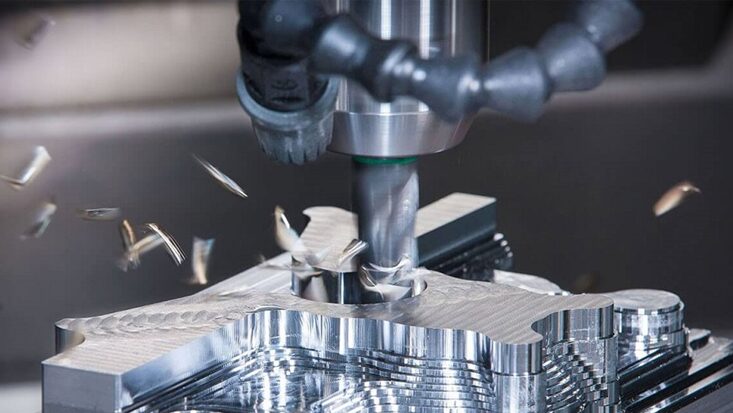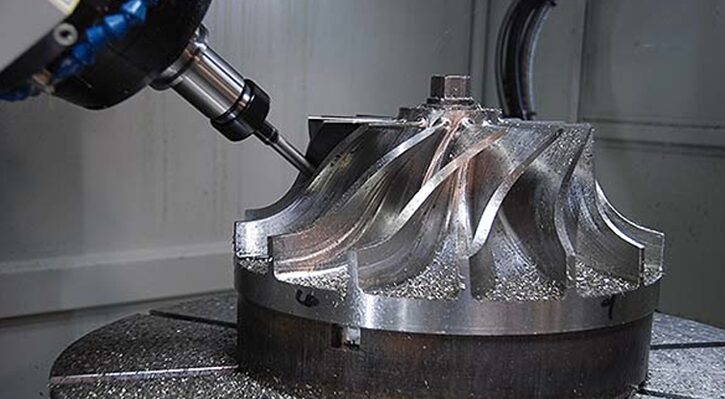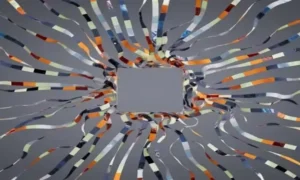Your project can be easily derailed on the choice on technology you use for precision machining. Welcome to CNC (Computer Numerical Control) machining, 3-axis and 5-axis machines are the dominating players in the industry. But how do you know which one is right for your needs? As a seasoned machinist or a rookie on the block, a thorough grasp of the differences between these two technologies is important. In this blog post, we’ll untangle the factors that surround the 5-axis CNC machining and 3-axis CNC machining while explaining their capabilities, advantages, and perfect use scenarios. Decide in your best manufacturing interest and trust us to align your project needs and technology.
Introduction to CNC Machining
In comparison to CNC machining, precision required in a task is of the highest order in traditional methods. If you are thinking of a custom CNC machining for your project, you must have heard about 3-axis and 5-axis machining. Both have their strong points to be considered making the choice very meticulous.
Understanding automotive and aerospace spans numerous technologies, but these two processes stand out because mastering them could lead to unparalleled outcomes. Let us look at how they are different and help you make a choice that caters to your specific requirements.
Understanding 3-Axis and 5-Axis Machining
3-Axis machining is the most prevalent form of CNC technology. It works on three linear axes which are the X, Y, and Z axes. This means that the cutting tool moves left to right, then go forward and backward, and to top and down. This works best for basic contours and flat surfaced parts.
5-Axis machining incorporates two rotational axes; thus, a cutting tool can approach parts from almost every angle. It is able to effortlessly handle complex shapes without numerous setups.
Due to the intricacy that 5-Axis takes, things like military and aerospace parts and medical equipment can be manufactured seamlessly. Although, mastering this technique is much more difficult, because it requires more advanced programming skills than a 3-axis machine.
Often the determiner is the complexity and requirements of your project. Each of the two methods serves a different purpose in custom CNC machining applications.
Advantages and Disadvantages of 3-Axis Machining
3-axis machining is the most widely used CNC machining type. It works on the three axes, X, Y, and Z. This makes it easier to operate and program.
Cost effectiveness is one significant advantage. 3-axis machines are cheaper to buy and operate than 5-axis machines. These machines are ideal for simple high-volume production.
There are a few shortcomings as well. The production for complex shapes that need several setups and rotations of parts can be time-consuming. Additionally, precision is difficult to maintain for complex shapes that need several angles but the machine can only provide a few.
In comparison to 5-axis systems, 3-axis systems may be slower for complex projects and for working with different materials, but for simple parts or prototypes, a lot of manufacturers can use it for fast, high-quality production.
Advantages and Disadvantages of 5-Axis Machining
5-axis machining has excellent accuracy and versatility. The possibility of moving the tool in five different directions makes it easier to work with complex shapes that need to be created, especially in the aerospace and medical industries.
This specific technology has its constraints. Compared to 3 axis machinery, 5 axis machinery requires a heavier upfront investment. Since 5 axis technology is more advanced, it may also incur higher servicing costs.
Skilled operators need formal training to become a proficient within sophisticated CNC setups. Even though a technician is used to operating a CNC, it does not mean he has the experience to deal with advanced setups. This may cause a need to incur extra training costs, which can complicate the schedule.
When the production speed is increased, it leads to the completion of more complicated work in less time. However, in less complicated work, the productivity increases may not be seen to the same degree. The 5 axis technology can provide you with more flexibility, increasing your productivity. However, it is crucial to first assess your effectiveness needs.
What to Know When Picking 3-Axis or 5-Axis Machining
The complexity of your design will greatly influence your decision between 3-axis and 5-axis. If your project has complex shapes or small tolerances, then it is better to choose a 5 axis.
The kind of material you will be using is also important. Some materials are more difficult to machine and will require the advanced capabilities of a 5 axis setup.
5 axis technology is more advanced, therefore it is more useful for large production volumes. However, for small batches or one-off parts, 3-axis is more sufficient.
Lastly, pay attention to both your budget and timeline. While 5-axis machines may have the highest precision and speed, they are more expensive and take longer to program than simpler machines.
Be sure to weigh all these factors because every project has its own set of needs that determine which technology will give the best results.
Real-Life Examples of Different Technologies and Their Suitable Projects
3-axis CNC machining is perfect for simpler and more straightforward tasks such as making brackets and housings. These parts are often centered around simple cutting and drilling. Their speed makes 3-axis machines ideal for large-scale production.
5-axis machining shines on complex geometries; for example, turbine blades or intricate injection molds. Ability to approach parts from different angles reduces the number of setups needed and improves accuracy.
Another example comes from aerospace. 5-axis systems are ideal for precision machining of lightweight but strong aircraft parts.
For custom furniture manufacturers, 3-axis technology enables furniture to be replicated at a low cost and minimal time investment, while maintaining intricate carvings. Each type of machine has its specific advantages that serve different project needs and levels of complication.
Cost Analysis of 3 Axis and 5 Axis Machining
In terms of costs, 3-axis CNC machining is usually the cheapest option. Its simpler design and fewer moving parts often translate to lower initial investment costs.
The time savings gained from 5-axis machining greatly impacts the project cost. Its complex cuts that are executed in one setup greatly cuts down labor hours and material wastage.
When it comes to high-precision designs, 5-axis machines are worth the investment, even with the higher upfront cost. Increased efficiency and fewer setups make 5-axis work faster and more cost-effective.
The decision should always be made considering the specific requirements of the project and budget limitations, including the initial investment of each method and their long-term return.
Conclusion: Which one do you need?
While deciding on 3-axis and 5-axis CNC, you should focus on project requirements and specialists available.
3-axis machining solves simpler design problems and works best during high-demand runs. It is a great affordable and reliable option for many standard applications.
But, if your project has intricate shapes or needs more precision and flexibility, it might be worth it to invest in 5-axis machining. This technology improves efficiency by cutting more intricate shapes in fewer steps, improving cuts and reducing setup time.
Also, be sure to factor in your budget, the part complexity, type of material, and the projected production volume. Custom CNC machining will best suit your current and future needs if you strategically choose based on these areas.





































